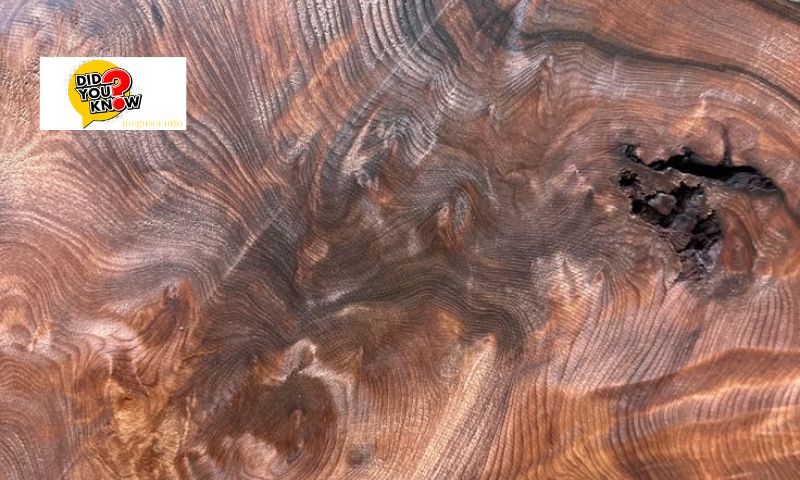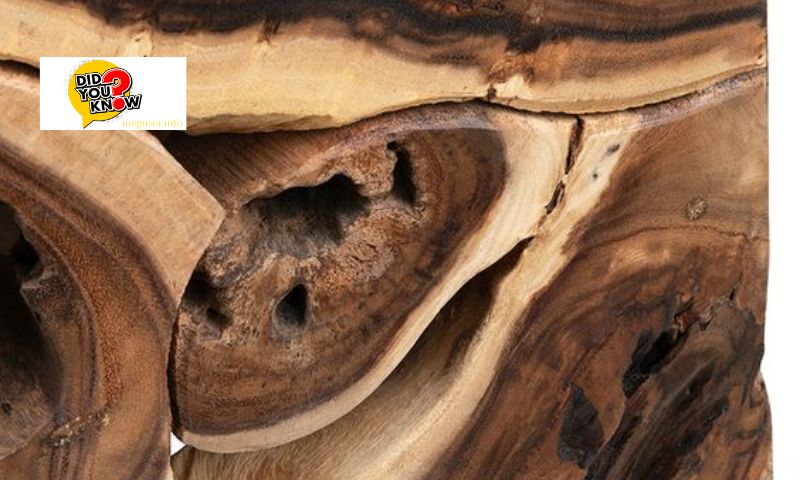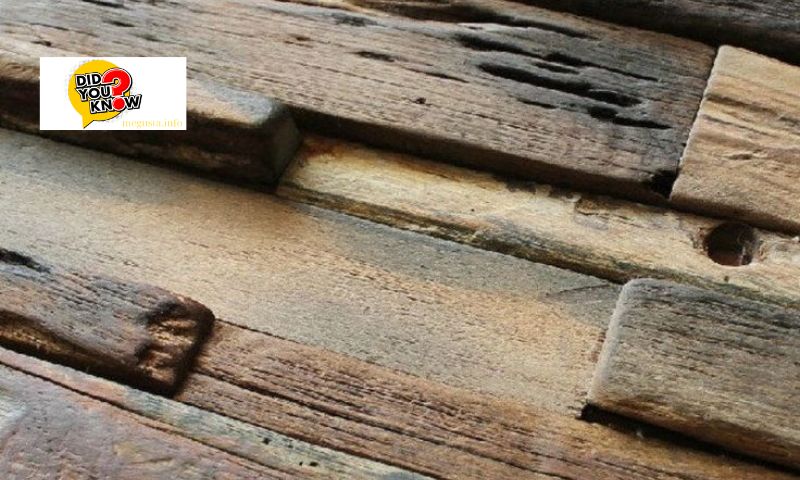The allure of rare and luxurious woods has captivated cultures worldwide for centuries. From intricate furniture to exquisite musical instruments, the choice of wood can significantly impact both aesthetic appeal and value. This article from Megusta.info delves into the realm of the most expensive types of wood in the world, exploring what makes them prized commodities in today’s markets.
Overview of Expensive Woods

When discussing expensive woods, several factors combine to elevate their market value significantly. Foremost among these factors is rarity, which plays a pivotal role in determining the price of a wood species. Woods that are scarce or challenging to obtain naturally become prized commodities due to their limited availability. This scarcity drives up demand among collectors, artisans, and industries seeking exclusivity and quality.
Moreover, the influence of luxury markets cannot be overstated in shaping the prices of expensive wood. Industries such as high-end furniture and musical instrument manufacturing have a voracious appetite for unique and luxurious materials. The allure of using rare woods in these sectors lies not only in their aesthetic appeal but also in their functional properties. For example, woods like African Blackwood, celebrated for its dense and dark heartwood, are preferred for their acoustic properties in instrument making. The exclusivity associated with such materials further enhances their desirability and price tag.
Beyond rarity and market demand, the intrinsic qualities of these woods contribute significantly to their high value. Each species possesses distinct characteristics that set it apart from more common varieties. These may include exceptional durability, striking grain patterns, and a natural beauty that enhances any crafted item. For instance, Brazilian Rosewood is renowned for its deep, reddish-brown hues and fine texture, making it a favorite among furniture makers and artisans for centuries.
Factors Influencing Wood Prices

- Rarity and Availability: The scarcity of certain woods due to limited growth areas or slow growth rates directly influences their pricing. For example, species like African Blackwood (Dalbergia melanoxylon) are prized for their dense, dark heartwood and are primarily found in specific regions of Africa. The difficulty in sourcing and harvesting these woods contributes significantly to their high market value.
- Demand in Luxury Markets: Luxury markets, including furniture making, interior design, and high-end crafts, have a substantial appetite for rare and luxurious woods. The exclusivity and prestige associated with using these materials in bespoke creations further elevate their market prices. Exotic woods like Brazilian Rosewood (Dalbergia nigra), known for its rich coloration and acoustic properties, are highly sought after in the production of musical instruments, particularly guitars.
- Historical Significance and Cultural Value: Woods with historical significance or cultural importance often carry added value. For instance, Teak (Tectona grandis) is revered not only for its durability and water-resistant properties but also for its historical use in shipbuilding and outdoor furniture. The legacy and craftsmanship associated with such woods contribute to their enduring appeal and premium pricing in the market.
Examples of Expensive Woods

- African Blackwood (Dalbergia melanoxylon): African Blackwood, native to parts of Africa, is renowned for its dense, dark heartwood that polishes to a high luster. It is prized for its use in fine woodworking, musical instruments (such as clarinets and oboes), and decorative items. The wood’s scarcity and exceptional acoustic properties make it one of the most expensive types globally, with prices reaching thousands of dollars per cubic meter.
- Brazilian Rosewood (Dalbergia nigra): Brazilian Rosewood is celebrated for its deep, reddish-brown hues and distinct grain patterns. Historically used in the crafting of high-quality furniture and musical instruments, particularly acoustic guitars, its availability has become severely restricted due to overharvesting. Today, Brazilian Rosewood commands exorbitant prices in international markets, reflecting its rarity and superior quality.
- Teak (Tectona grandis): Teak is renowned for its natural oils and durability, making it highly resistant to rotting and insects. Originating from Southeast Asia, particularly Indonesia and Myanmar, Teak has been traditionally used in shipbuilding, outdoor furniture, and flooring. Its scarcity, coupled with sustainable harvesting practices, influences its premium pricing in both domestic and international markets.
Current Market Prices
The market prices of these luxurious woods fluctuate based on various factors, including global demand, supply chain dynamics, and regulatory measures. For instance, despite conservation efforts and sustainable harvesting practices, the scarcity of African Blackwood has driven its prices to approximately $10,000 per cubic meter in recent years. Similarly, Brazilian Rosewood commands prices upwards of $5,000 per cubic meter due to strict international trade regulations and limited availability.
Sustainable Alternatives and Conservation Efforts
In response to concerns over deforestation and the unsustainable harvesting of rare woods, initiatives promoting sustainable forestry practices have gained traction. Organizations like the Forest Stewardship Council (FSC) certify responsibly managed forests, ensuring that wood products meet stringent environmental and social standards. Alternative materials and innovative techniques, such as engineered woods and reclaimed timber, offer sustainable alternatives without compromising on quality or aesthetic appeal.
Conclusion
The world of expensive woods is as much about rarity and craftsmanship as it is about cultural significance and sustainable practices. While certain species command astronomical prices due to their scarcity and exceptional properties, ongoing conservation efforts and responsible sourcing practices aim to preserve these valuable resources for future generations. Whether used in luxury furniture, musical instruments, or architectural masterpieces, the most expensive types of wood continue to inspire awe and admiration, reflecting humanity’s enduring fascination with nature’s finest creations.

